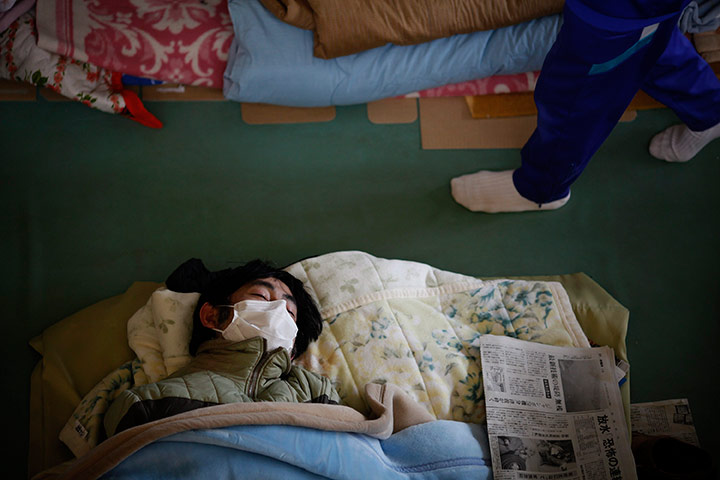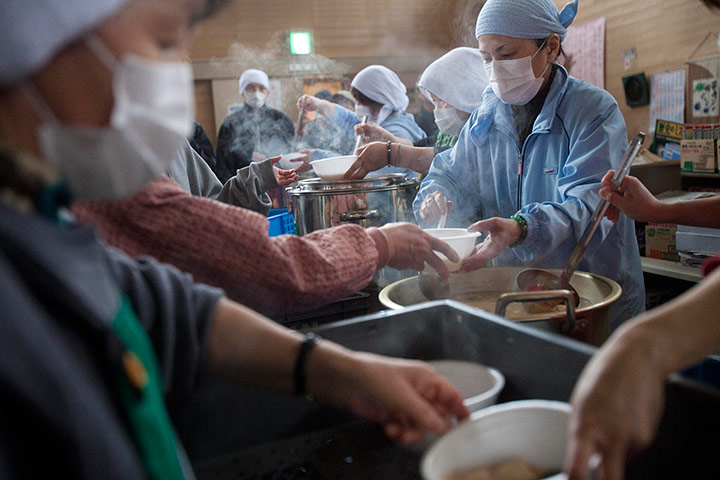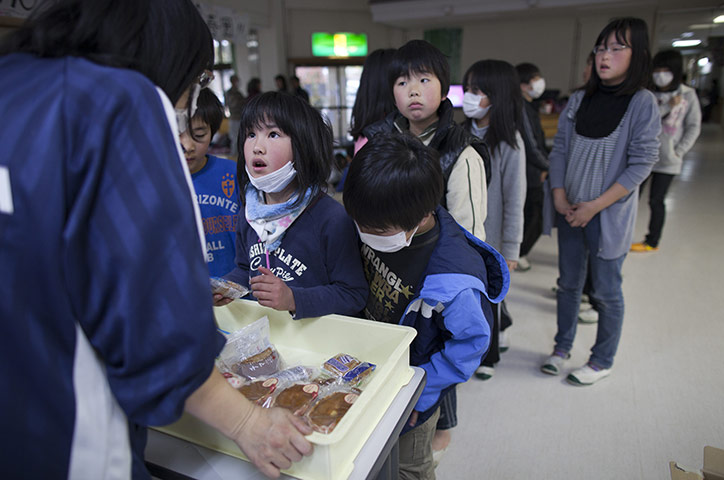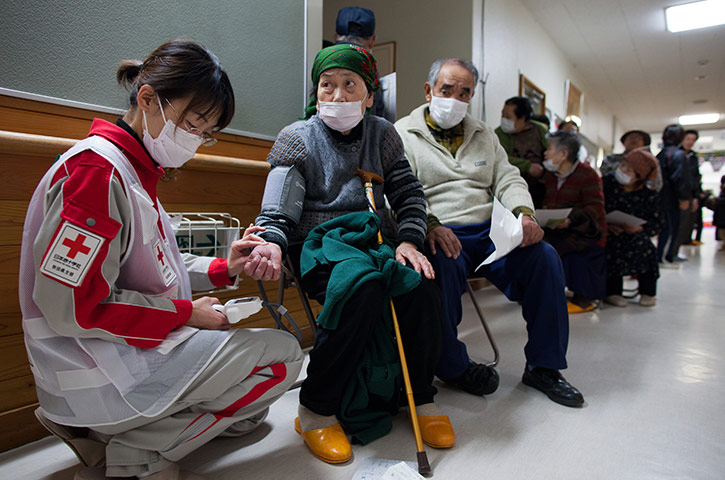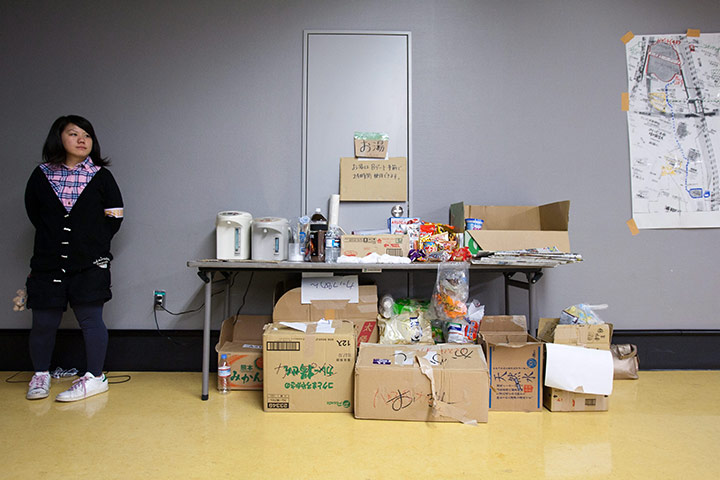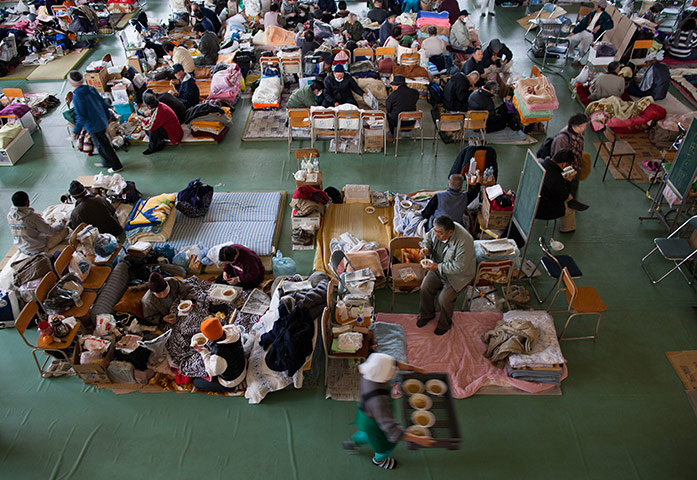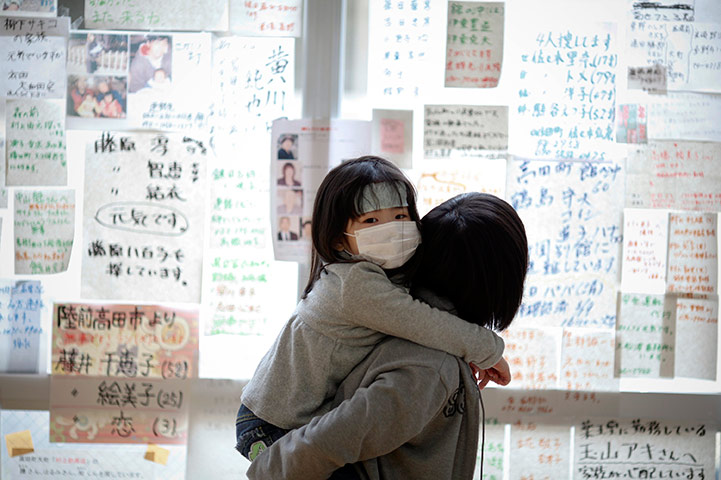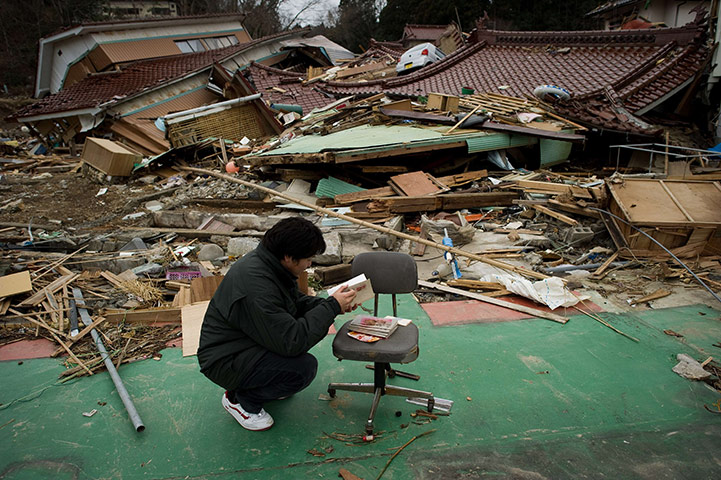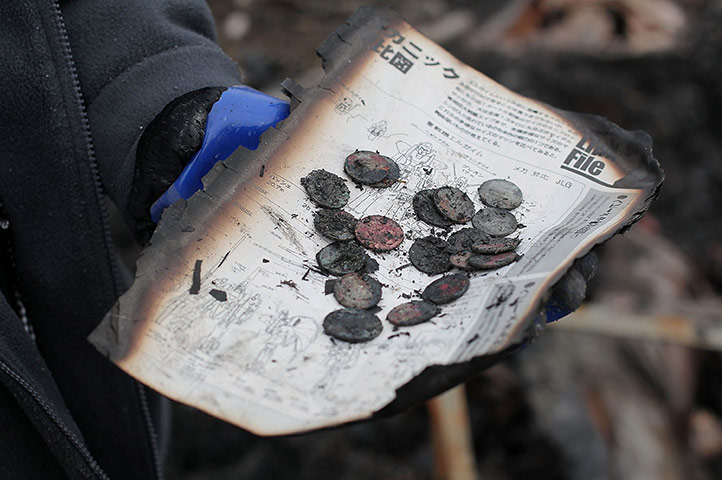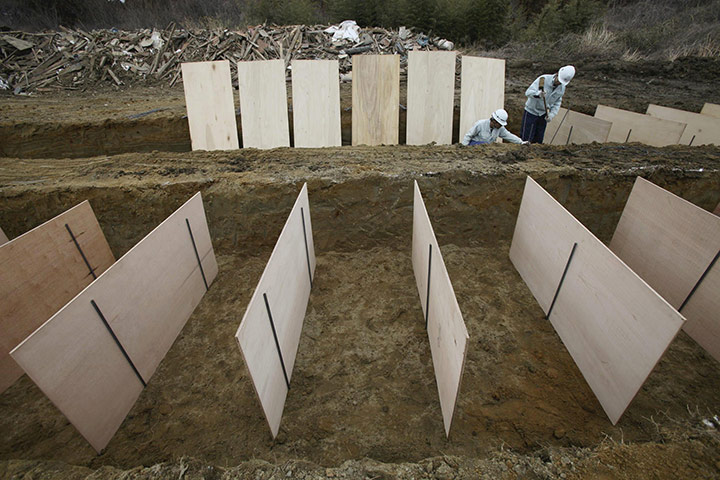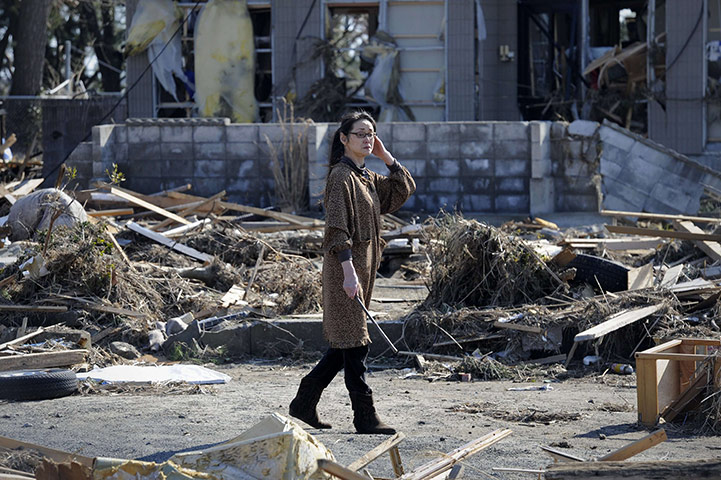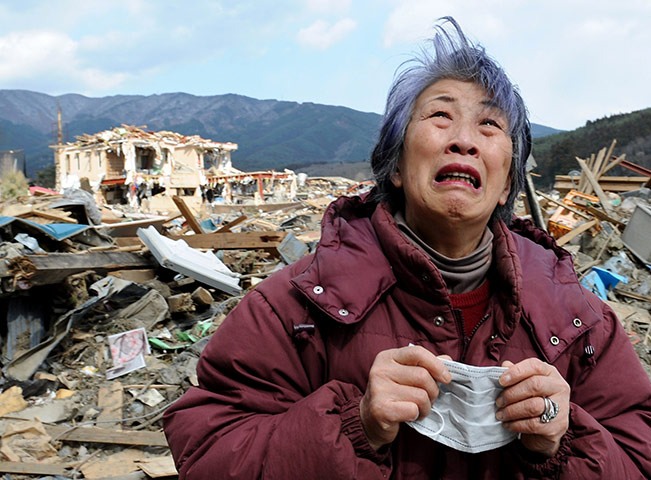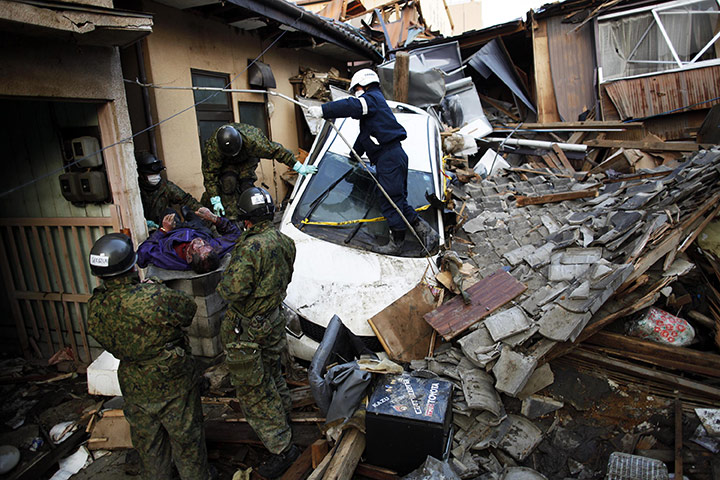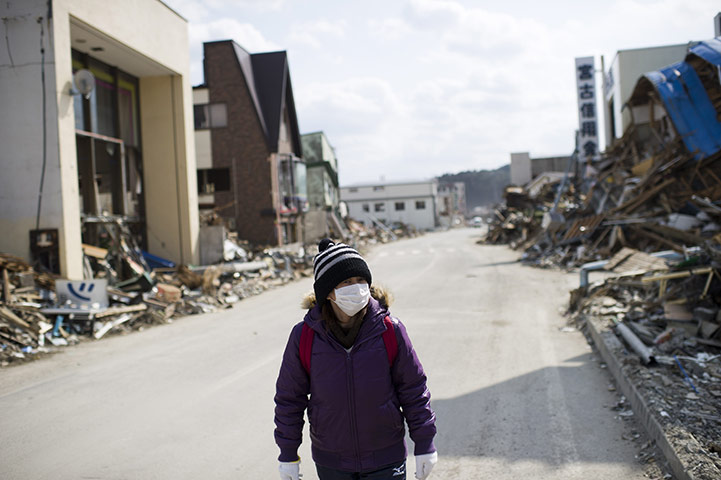Japanese Earthquake
The usual Keynesian suspects have come out from under the rocks of economic illiteracy which they inhabit, to claim that the Japanese earthquake of 2011 will actually help the economy of that country. See here and here (I owe these examples to David Kramer and Manuel Lora). We need not spend too much time refuting this broken window fallacy yet again. Bastiat and Hazlitt have already done so. Perhaps it will suffice to point out that these advocates of the benefits of destruction are guilty of a performative contradiction. If it is so advantageous for a city to be destroyed by a tsunami, why don’t these Krugmanites obliterate their own properties? That is, they could enrich not only themselves, but society as a whole, by taking the wrecking ball to their homes, yachts, automobiles, factories, fancy restaurants, night clubs. Yet, we never see any such thing happening. If it is argued that this can only be done on a massive, not an individual scale, then we would expect entire communities, such as the Peoples’ Republics of Santa Monica, Ann Arbor, San Francisco, Cambridge Mass, the upper west side of New York City, etc., wherever “progressives” congregate, to engage in such activities. We await with baited breath these occurrences. The fact that the Keynesians continue to drive around in their cars, inhabit their homes ought to put paid to this malicious and erroneous theory. And this would indeed likely occur, if we did not live in a world where the mainstream media still hold sway.
Another error takes this form: All thanks to the Japanese government. It had the wisdom and foresight to mandate strict building codes, which safeguarded its people. Japanese skyscrapers were built so as to bend, not snap, in the wind. All of their edifices withstood the challenges of the earthquake to a far greater degree than would otherwise have been the case, due to these benevolent statist regulations. For example, states a USA Today editorial of 3/14/11 entitled “Japanese earthquake sends sobering message for USA” (the message: we have to strengthen, and attain greater compliance with our own building codes): “If any country understands this interplay of earthquakes, waves and buildings it is Japan, which has developed stringent building codes….” According to this fallacious argument, the Haitian government fell down on the job of inculcating such building codes. The latter country lost a greater proportion of its population with a lower intensity earthquake than the former, with a higher count (8.9) on the Richter scale because it did not enact strict building codes.
Nothing could be further from the truth. The reason the Japanese suffered relatively fewer losses had little to do with statist real estate regulations. Rather, they were able to build better because they were richer, and “wealthier is healthier.” And why, in turn, were the Japanese more prosperous than the Haitians? This was at least in large part due to the fact that the country in the Far East had a far freer economy than the Caribbean nation. (The Fraser Institute study of 2008 ranked Japan as the 27th most economically free country out of 141 nations they surveyed, while Haiti took 96th place.) Economists all the way from the Salamancans to Adam Smith to Mises to Hayek to Rothbard have demonstrated why it should be the case that to be economically freer is to be more affluent. Private property rights, free market prices, allow for economic growth, rational calculation, proper allocation of resources and spread of vital economic information. They provide incentives for innovation. In contrast, central planning, socialism, government regulation, the mixed economy, are recipes for economic stultification. Mises, in his book Socialism, has done more than anyone else to drive home this point.
Why should wealthier be healthier? Because, in a word, the richer is an economy, the more wherewithal it has with which to purchase all sorts of things, safety among them, and, usually, preeminently so.
But are not government building codes of help too, in this context? Are they not at least sufficient, if not necessary? No. This may be seen by assuming that Haiti had adopted the selfsame earthquake protection building codes operational in Japan (or in the U.S.). What, then, would have occurred in Haiti, had they engaged in this “progressive” legislation? Nothing, that is what. Namely, if these regulations were scrupulously adhered to, either no building would have occurred at all, or very little, and the people would not have been sheltered at all (or to an inadequate degree, leading to many more deaths.)
It is the same old story. An economy, such as that of the US, or the UK, or Japan, benefits from economic growth. As it does, regulations mandating good things that would have occurred anyway are promulgated, in order to falsely take credit for them, when they are due to the greater wealth. For example, this occurred with child labor laws, maximum hours legislation, regulations stipulating minimum numbers of years of education, etc., and, in the present case, requirements that dwellings be constructed more safely. These gains would have been registered in any case; they are due, solely, to economic progress, which takes place in spite of such bureaucratic regulations, not because of them. The proof of the pudding? Suppose that the UK banned child labor in the early 17th century. Would the kiddies all been placed in nice schools? Not a bit of it. They would have, instead, starved in droves, because the economy simply was not well enough developed at that time so as to afford this luxury of universal schooling.
One objection to the foregoing is that people, even rich ones, are simply too stupid to insist upon earthquake-protected buildings. If so, then by what magic do they become smart enough to elect politicians who will then turn around and force the populace to do what it refuses to do in the first place? This premise, moreover, must be rejected at the outset. Even ordinary folk are smart enough to purchase fire insurance (if they have a mortgage, and there is even a vestige of free enterprise, their bank will insist upon this). Why, not, then, expect the average man to be willing to pay a bit more for housing with built-in protection against earthquakes, vis-à-vis residences that do not boast of these benefits?
Private insurance, moreover, would not cover geographical areas located in dangerous areas subject to storms, flooding, or lying below sea level (e.g., New Orleans). Or, rather, would charge prices that fully reflect these threats. Government “insurance” in sharp contrast, typically bails out those foolish enough to again and again locate in these areas, as if the phenomenon of moral hazard did not exist. Thus, the state subsidizes irrational geographical location decision-making, unlike private insurance that can be bankrupted if it erred in any such manner.

